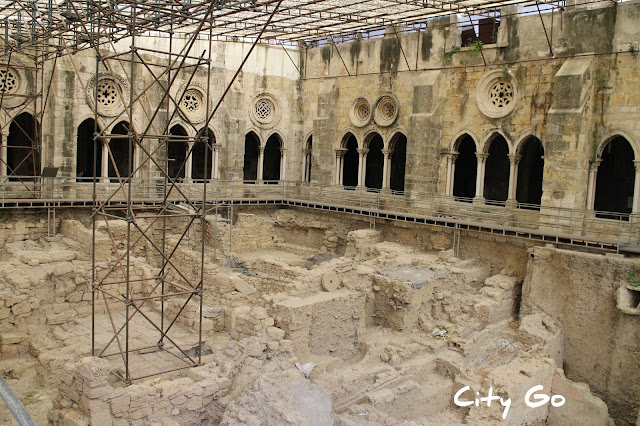Lisbon Aqueduct, Portugal
The aqueduct of Águas Livres (free waters) was built to address the lack of water in Lisbon, as Tagus water at this point, close to the sea, has always been unfit for human consumption.
An aqueduct started being constructed in Roman times but it was never finished and it was only during the reign of king John V, in the 18th century, that an aqueduct was finally built. Although unfinished, it started bringing water to the city in 1748 and the network of canals and fountains in the city was enlarged. The aqueduct started losing importance as other sources of water were channelled into the city but it was only in 1968 that it ceased to be used.
The best-known part of the aqueduct is the section over Alcantara valley. It is 941 metres long, with 21 perfect round arches and 14 ogival arches. The "arco grande" (big arch) is 65 metres tall and 29 metres wide and is the tallest ogival arch in the world.
The waters brought by the aqueduct were accumulated in Amoreiras reservoir, best known as Mãe d'Água (Mother of Water). This reservoir was concluded in 1834.
In 1853 the public path over the aqueduct was closed, mainly due to the crimes of Diogo Alves, who pushed his victims from the aqueduct after robbing them. He was the last person to be sentenced to death in Portugal.
Opening hours:
Aqueduct: Tuesday to Saturday, 10 a.m to 5.30 p.m. (Calçada da Quintinha, buses 742,751,758)
Mãe d'Água: Tuesday to Saturday, 10 a.m to 12.30 p.m.// 1.30 p.m. to 5.30 p.m. (Praça das Amoreiras, Metro Station: Rato)
Tickets (standard): €6, valid for a month, for both monuments (you can also buy separate tickets for each one of the monuments).






















Comments
Post a Comment